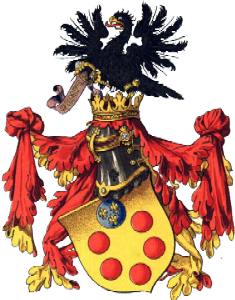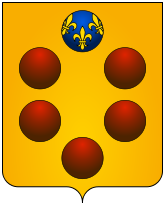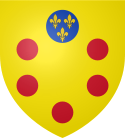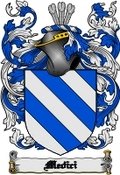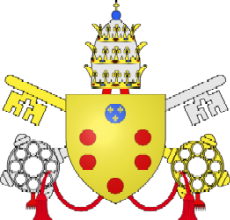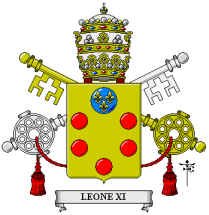Hi Count,
I am sure you know many things about the aristocracy.
However, I really don't understand your question about what branch. I believe that was made clear in what I previously wrote. I also don't gather my information from the internet. I check primary sources first hand for accuracy.
Finally, it is not my intention to keep posting about the Barbaro family, but may I just correct something you posted now. The traditional wording for "princely count" in German is
Gefursteter graf , not
Furstlicher graf. Some may like to look at the official page of the Almanach de Gotha where rankings are listed. Go to gefursteter graf/graefin for the German ranking of princely count:
Imperial and Royal European Titles, Styles and Ranks
I am sure it was just a typing mistake on your part, Count, but its good for others out there.


 San Gregorio.
San Gregorio.  I'm listing the variations below to make it easier for reference:
I'm listing the variations below to make it easier for reference: